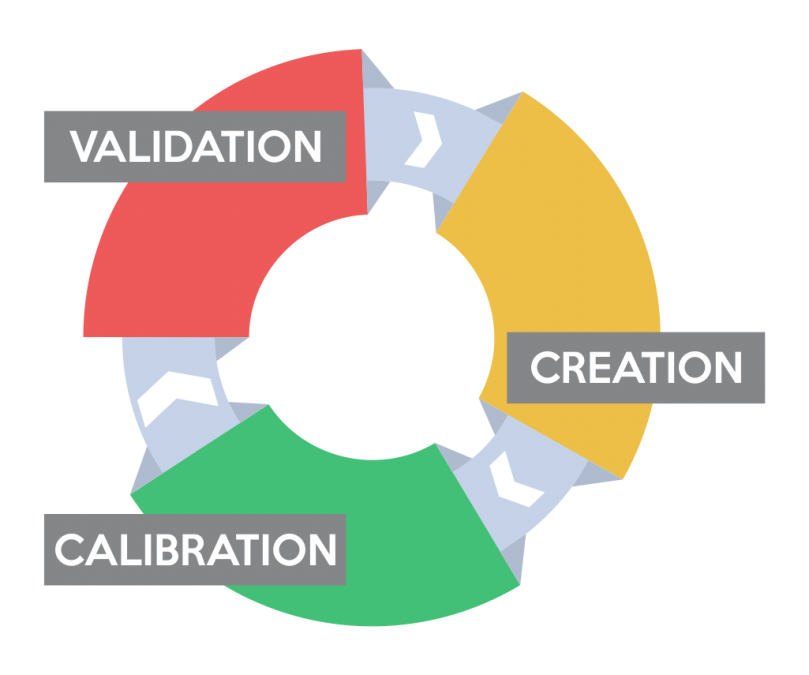TECS Stage
TECS Stage Name
CEFR LEVEL
CEFR Name
CEFR general Level descriptor
1
Limited proficiency
PRE A1
Breakthrough
Can understand and use familiar everyday expressions and very basic phrases aimed at the satisfaction of needs of a concrete type.
Can interact in a simple way provided the other person talks slowly and clearly and is prepared to help.
2
Limited proficiency
A1
Breakthrough
Can understand and use familiar everyday expressions and very basic phrases aimed at the satisfaction of needs of a concrete type.
Can interact in a simple way provided the other person talks slowly and clearly and is prepared to help.
3
Below average proficiency
A2
Waystage
Can understand sentences and frequently used expressions related to areas of most immediate relevance. Can communicate in simple
and routine tasks requiring a simple and direct exchange of information on familiar and routine matters. Can describe in simple
terms aspects of his/her background, immediate environment and matters in areas of immediate need.
4
Below average proficiency
A2+
Waystage
Can understand sentences and frequently used expressions related to areas of most immediate relevance. Can communicate in
simple and routine tasks requiring a simple and direct exchange of information on familiar and routine matters. Can describe
in simple terms aspects of his/her background, immediate environment and matters in areas of immediate need.
5
Average proficiency
B1
Threshold
Can understand the main points of clear standard input on familiar matters regularly encountered in work, school, leisure,
etc. Can deal with most situations likely to arise whilst travelling in an area where the language is spoken. Can describe
experiences and events, dreams, hopes and ambitions and briefly give reasons and explanations for opinions and plans.
6
Average proficiency
B1+
Threshold
Can understand the main points of clear standard input on familiar matters regularly encountered in work, school, leisure,
etc. Can deal with most situations likely to arise whilst travelling in an area where the language is spoken. Can describe
experiences and events, dreams, hopes and ambitions and briefly give reasons and explanations for opinions and plans.
7
Above average Proficiency
B2
Vantage
Can understand the main ideas of complex text on both concrete and abstract topics, including technical discussions
in his/her field of specialization. Can interact with a degree of fluency and spontaneity that makes regular
interaction with native speakers quite possible without strain for either party.
8
Above average Proficiency
B2+
Vantage
Can understand the main ideas of complex text on both concrete and abstract topics, including technical discussions in his/her
field of specialization. Can interact with a degree of fluency and spontaneity that makes regular interaction with
native speakers quite possible without strain for either party.
9
Superior Proficiency
C1
Effective Operational Proficiency
Can understand a wide range of demanding, longer texts, and recognize implicit meaning. Can express him/herself fluently
and spontaneously without much obvious searching for expressions. Can use language flexibly and effectively for social,
academic and professional purposes. Can produce clear, well-structured, detailed text on complex subjects, showing controlled
use of organizational patterns, connectors and cohesive devices.

